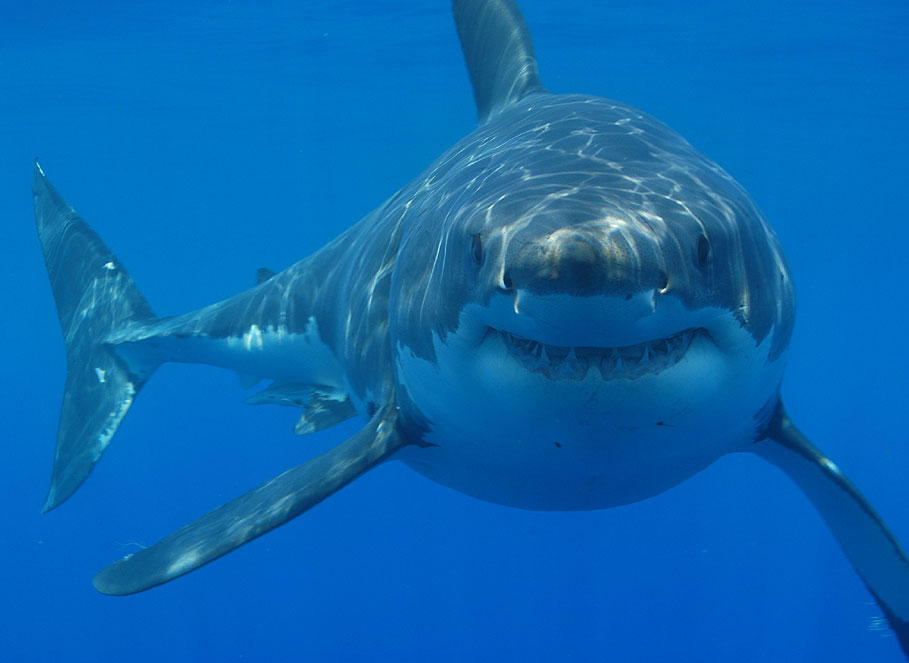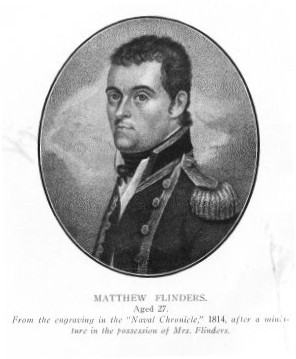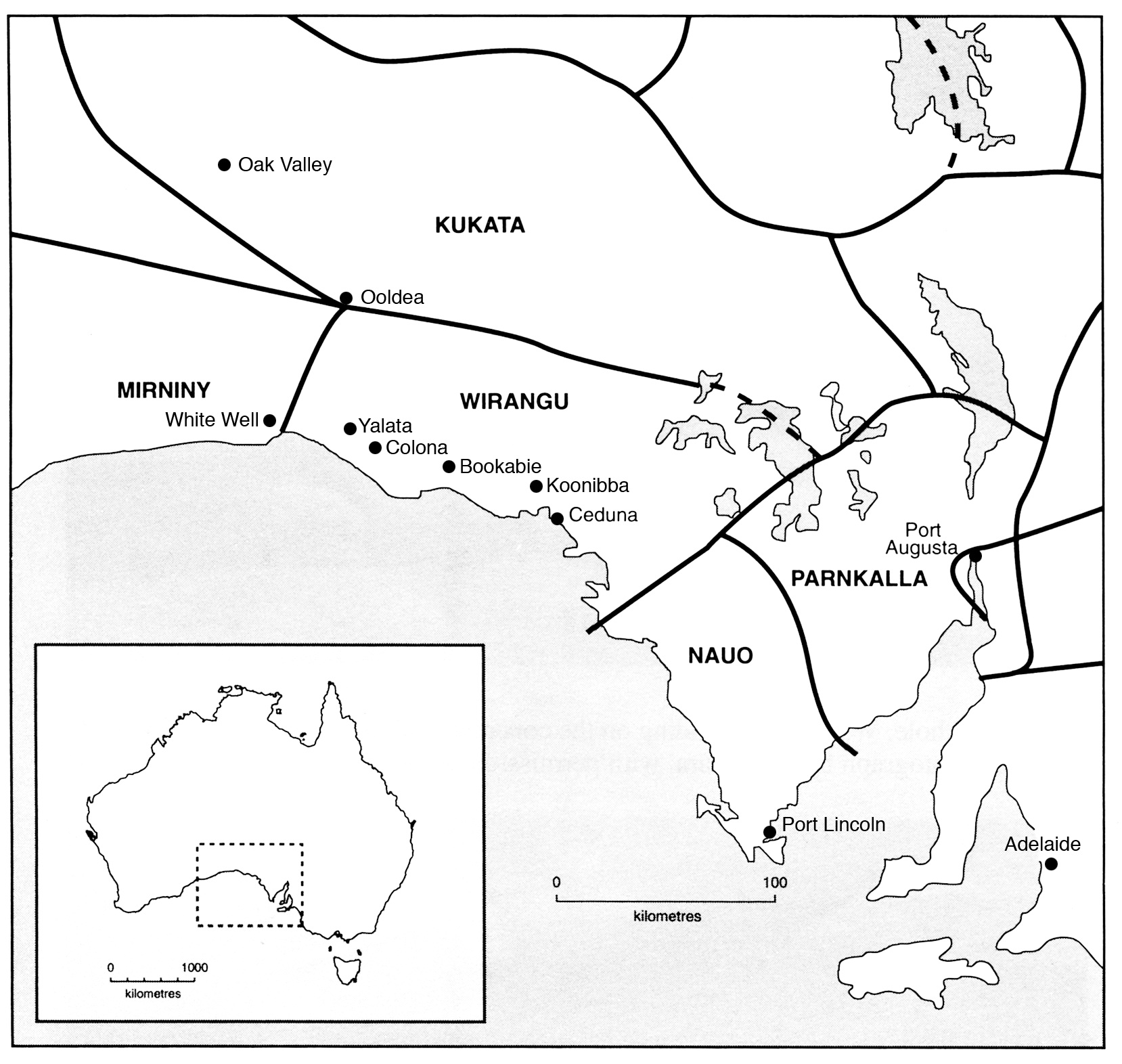|
Memory Cove Wilderness Protection Area
Memory Cove Wilderness Protection Area is a protected area in the Australian state of South Australia located on the south east tip of Jussieu Peninsula on Eyre Peninsula and on a number of nearby islands about south-south east of Port Lincoln. It was established in 2004 on land previously part of the Lincoln National Park. The protection area contains significant sites of natural, indigenous and early European heritage. Extent The wilderness protection area occupies the south east tip of Jussieu Peninsula on Eyre Peninsula and the following islands - Hopkins, Little, Lewis and Smith in Spencer Gulf and Williams in the Great Australian Bight down to Mean Low Water Mark. Its extent on Jussieu Peninsula is bounded by the peninsula's coastline as follows: its eastern boundary extends from near Taylor's Landing (a small cove located opposite to Taylor Island) in a southerly direction to Cape Catastrophe, its southern boundary extends from Cape Catastrophe in a westerly direction t ... [...More Info...] [...Related Items...] OR: [Wikipedia] [Google] [Baidu] |
Jussieu Peninsula
__NOTOC__ Jussieu Peninsula is a peninsula located at the south east end of Eyre Peninsula in South Australia. It is bounded by Proper Bay and Spalding Cove within the natural harbour known as Port Lincoln to the north, Spencer Gulf to the east and the Great Australian Bight to the south. While it was first explored and mapped by Matthew Flinders during February 1802, Flinders did not name it. In 1913, the name proposed by François Péron and Louis de Freycinet from Baudin's expedition when it visited later in 1802 was declared as the peninsula's official name by the Government of South Australia. Jussieu refers to the French botanist, Antoine Laurent de Jussieu. While parts of its surface have been cleared and used for agricultural purposes in the past, it is currently occupied by two protected areas: the Lincoln National Park and the Memory Cove Wilderness Protection Area. History A shore-based bay whaling station is believed to have operated at Spalding Cove betwe ... [...More Info...] [...Related Items...] OR: [Wikipedia] [Google] [Baidu] |
Memory Cove
Memory Cove is a bay located on the East coast of Jussieu Peninsula on Eyre Peninsula in South Australia approximately South-East of Port Lincoln. It is one of the natural features named by Matthew Flinders in memory of the eight crew who were lost on a cutter that capsized sometime after being launched from HM Sloop ''Investigator'' to search for water on 21 February 1802. Since 2004, the coastline enclosing the bay has been part of the Memory Cove Wilderness Protection Area Memory Cove Wilderness Protection Area is a protected area in the Australian state of South Australia located on the south east tip of Jussieu Peninsula on Eyre Peninsula and on a number of nearby islands about south-south east of Port Lincoln .... References External linksMemory Cove Wilderness Protection Area homepage Bays of South Australia Eyre Peninsula Spencer Gulf Coves of Australia {{SouthAustralia-geo-stub ... [...More Info...] [...Related Items...] OR: [Wikipedia] [Google] [Baidu] |
Port Lincoln
Port Lincoln is a town on the Lower Eyre Peninsula in the Australian state of South Australia. It is situated on the shore of Boston Bay, which opens eastward into Spencer Gulf. It is the largest city in the West Coast region, and is located approximately 280 km as the crow flies from the State's capital city of Adelaide (646 km by road). In June 2019 Port Lincoln had an estimated population of 16,418, having grown at an average annual rate of 0.55% year-on-year over the preceding five years. The city is reputed to have the most millionaires per capita in Australia, as well as claiming to be Australia's "Seafood Capital". History and name The Eyre Peninsula has been home to Aboriginal people for over 40 thousand years, with the Barngarla (eastern Eyre, including Port Lincoln), Nauo (south western Eyre), Wirangu (north western Eyre) and Mirning (far western Eyre) being the predominant original cultural groups present at the time of the arrival of Europeans. The o ... [...More Info...] [...Related Items...] OR: [Wikipedia] [Google] [Baidu] |
Taylor Island
Taylor Island, also known as Taylor's Island, is the largest in a group of seven islands located between the Eyre Peninsula mainland and Thistle Island in the mouth of Spencer Gulf, South Australia. It was named by British explorer Matthew Flinders in 1802, after the loss of William Taylor, a midshipman and master's mate to John Thistle (after whom Thistle Island is named). The remaining islands in the group are also named after lost members of Flinders' expedition: Little Island, Lewis Island, Smith Island, Hopkins Island and Grindal Island. Taylor's Island has been used principally for the grazing of sheep while its surrounding waters are well regarded fishing grounds. History In 1876, a sporting party described Taylor Island as being "covered with rabbits, mutton birds, and Cape Barren geese." In 1910, a trawling expedition from Largs Bay to Venus Bay on the west coast of Eyre Peninsula was abandoned after the steamer Argyle was met with high seas in the Investiga ... [...More Info...] [...Related Items...] OR: [Wikipedia] [Google] [Baidu] |
Protected Areas Established In 2004
Protection is any measure taken to guard a thing against damage caused by outside forces. Protection can be provided to physical objects, including organisms, to systems, and to intangible things like civil and political rights. Although the mechanisms for providing protection vary widely, the basic meaning of the term remains the same. This is illustrated by an explanation found in a manual on electrical wiring: Some kind of protection is a characteristic of all life, as living things have evolved at least some protective mechanisms to counter damaging environmental phenomena, such as ultraviolet light. Biological membranes such as bark on trees and skin on animals offer protection from various threats, with skin playing a key role in protecting organisms against pathogens and excessive water loss. Additional structures like scales and hair offer further protection from the elements and from predators, with some animals having features such as spines or camouflage serving ... [...More Info...] [...Related Items...] OR: [Wikipedia] [Google] [Baidu] |
Wilderness Areas Of South Australia
Wilderness or wildlands (usually in the plural), are natural environments on Earth that have not been significantly modified by human activity or any nonurbanized land not under extensive agricultural cultivation. The term has traditionally referred to terrestrial environments, though growing attention is being placed on marine wilderness. Recent maps of wilderness suggest it covers roughly one quarter of Earth's terrestrial surface, but is being rapidly degraded by human activity. Even less wilderness remains in the ocean, with only 13.2% free from intense human activity. Some governments establish protection for wilderness areas by law to not only preserve what already exists, but also to promote and advance a natural expression and development. These can be set up in preserves, conservation preserves, national forests, national parks and even in urban areas along rivers, gulches or otherwise undeveloped areas. Often these areas are considered important for the survival of ... [...More Info...] [...Related Items...] OR: [Wikipedia] [Google] [Baidu] |
HMS Investigator (1798)
HMS ''Investigator'' was the mercantile ''Fram'', launched in 1795, which the Royal Navy purchased in 1798 and renamed HMS ''Xenophon'', and then in 1801 converted to a survey ship under the name HMS ''Investigator''. In 1802, under the command of Matthew Flinders, she was the first ship to circumnavigate Australia. The Navy sold her in 1810 and she returned to mercantile service under the name ''Xenophon''. She was probably broken up c.1872. Background ''Fram'' was built in Sunderland as a collier. She operated off the north-east coast of England before the Royal Navy purchased her in 1798. Pitcher, of Northfield refitted her between 27 April and 24 May 1798. She then went to Deptford Dockyard on 6 August. The Navy armed her with 22 carronades to serve as an escort vessel, and renamed her HMS ''Xenophon''. Commander George Sayer commissioned ''Xenophon'' as an armed ship for the North Sea. In 1799 he brought the Irish rebel James Napper Tandy and some of his associates as ... [...More Info...] [...Related Items...] OR: [Wikipedia] [Google] [Baidu] |
South Australian Heritage Register
The South Australian Heritage Register, also known as the SA Heritage Register, is a statutory register of historic places in South Australia. It extends legal protection regarding demolition and development under the ''Heritage Places Act 1993''. It is administered by the South Australian Heritage Council. As a result of the progressive abolition of the Register of the National Estate The Register of the National Estate was a heritage register that listed natural and cultural heritage places in Australia that was closed in 2007. Phasing out began in 2003, when the Australian National Heritage List and the Commonwealth Heritag ... during the 2000s and the devolution of responsibility for state-significant heritage to state governments, it is now the primary statutory protection for state-level heritage in South Australia. References External linksOnline Heritage Databases {{Heritage registers of Australia Heritage registers in Australia ... [...More Info...] [...Related Items...] OR: [Wikipedia] [Google] [Baidu] |
Matthew Flinders
Captain Matthew Flinders (16 March 1774 – 19 July 1814) was a British navigator and cartographer who led the first inshore circumnavigation of mainland Australia, then called New Holland. He is also credited as being the first person to utilise the name ''Australia'' to describe the entirety of that continent including Van Diemen's Land (now Tasmania), a title he regarded as being "more agreeable to the ear" than previous names such as ''Terra Australis''. Flinders was involved in several voyages of discovery between 1791 and 1803, the most famous of which are the circumnavigation of Australia and an earlier expedition when he and George Bass confirmed that Van Diemen's Land was an island. While returning to Britain in 1803, Flinders was arrested by the French governor at Isle de France (Mauritius). Although Britain and France were at war, Flinders thought the scientific nature of his work would ensure safe passage, but he remained under arrest for more than six years. In ... [...More Info...] [...Related Items...] OR: [Wikipedia] [Google] [Baidu] |
Memory Cove Tablet Site
Memory is the faculty of the mind by which data or information is encoded, stored, and retrieved when needed. It is the retention of information over time for the purpose of influencing future action. If past events could not be remembered, it would be impossible for language, relationships, or personal identity to develop. Memory loss is usually described as forgetfulness or amnesia. Memory is often understood as an informational processing system with explicit and implicit functioning that is made up of a sensory processor, short-term (or working) memory, and long-term memory. This can be related to the neuron. The sensory processor allows information from the outside world to be sensed in the form of chemical and physical stimuli and attended to various levels of focus and intent. Working memory serves as an encoding and retrieval processor. Information in the form of stimuli is encoded in accordance with explicit or implicit functions by the working memory processor. Th ... [...More Info...] [...Related Items...] OR: [Wikipedia] [Google] [Baidu] |
Nauo People
The Nauo people, also spelt Nawu and Nhawu, are an Aboriginal Australian people of the south-western Eyre Peninsula in South Australia. The Nauo language became extinct by the twentieth century, but efforts are being made to revive it. Country Before the official British colonisation of South Australia in 1836, the Nauo people fell victim to raids by whalers and sealers who worked the southern coast of the continent, and European settlement on the Eyre Peninsula encroached on the land of the Indigenous peoples. By the time that anthropologist Norman Tindale was documenting the territories of the various people in the 1930s, he was not able to find any Nauo people, so obtained his information mainly from Wirangu and Barngarla people. According to Tindale, the traditional lands of the Nauo people were on the Eyre peninsula, with their principal centres around the scrub gum forest areas of the south-western coast. Their combined territory covered approximately , with the weste ... [...More Info...] [...Related Items...] OR: [Wikipedia] [Google] [Baidu] |
Australian Aborigines
Aboriginal Australians are the various Indigenous peoples of the Australian mainland and many of its islands, such as Tasmania, Fraser Island, Hinchinbrook Island, the Tiwi Islands, and Groote Eylandt, but excluding the Torres Strait Islands. The term Indigenous Australians refers to Aboriginal Australians and Torres Strait Islanders collectively. It is generally used when both groups are included in the topic being addressed. Torres Strait Islanders are ethnically and culturally distinct, despite extensive cultural exchange with some of the Aboriginal groups. The Torres Strait Islands are mostly part of Queensland but have a separate governmental status. Aboriginal Australians comprise many distinct peoples who have developed across Australia for over 50,000 years. These peoples have a broadly shared, though complex, genetic history, but only in the last 200 years have they been defined and started to self-identify as a single group. Australian Aboriginal identity has cha ... [...More Info...] [...Related Items...] OR: [Wikipedia] [Google] [Baidu] |








